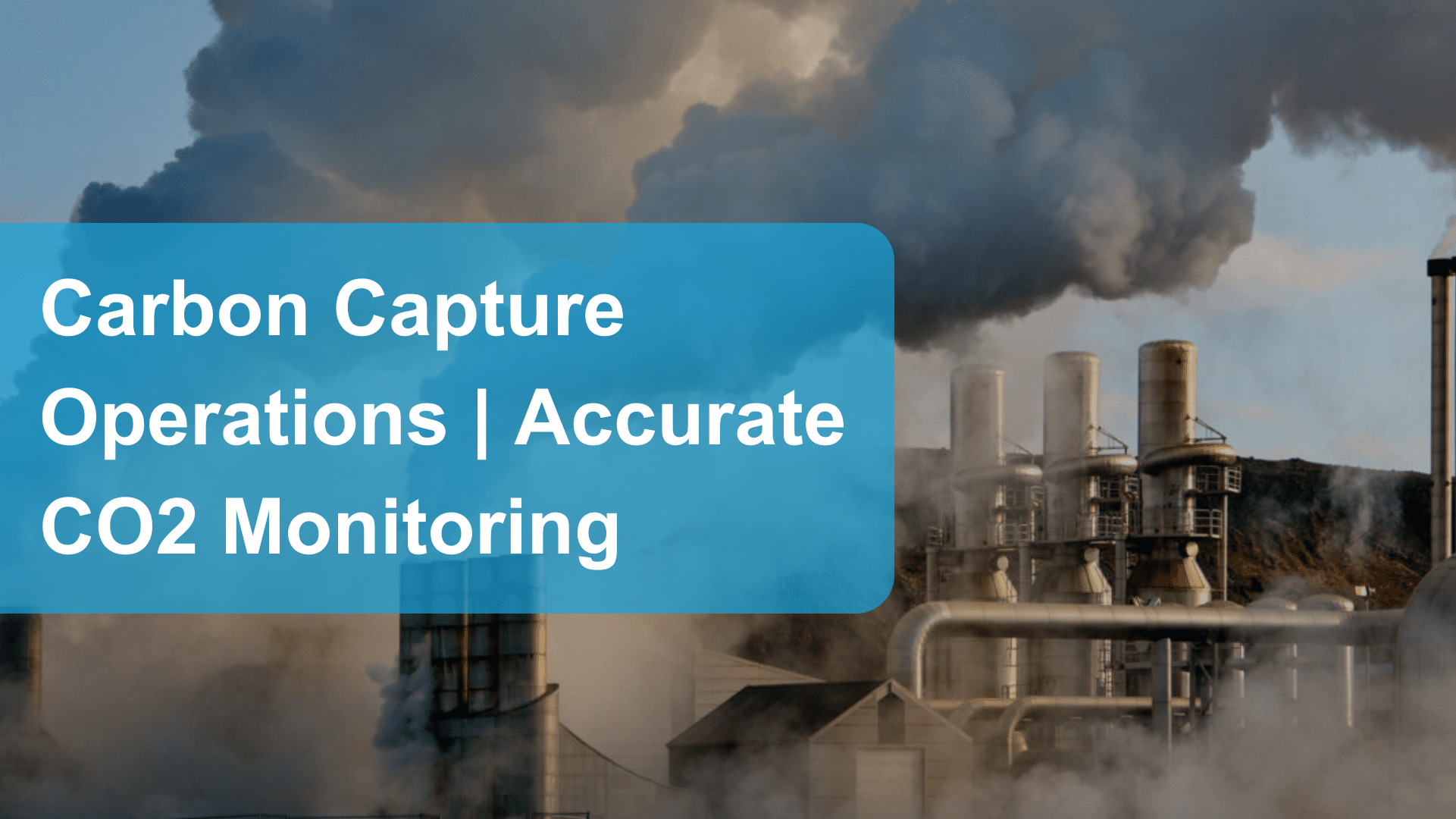
05/11/2024
Catalytic Bead Sensors
Posted by [email protected]
Catalytic Bead Sensors: Essential Tools for Gas Detection Catalytic bead sensors, also known as pellistor sensors, are vital devices used in gas detection to ensure safety in various industries. These sensors consist of two beads—an active bead coated with a catalyst and a reference bead. When combustible gases come into contact with the active bead,...
Read


05/11/2024
5 Key Benefits of Gas Detection in EV Battery Facilities
Posted by Emma Curthoys
5 Key Benefits of Gas Detection in EV Battery Facilities The rapid growth of electric vehicles (EVs) has led to a surge in demand for lithium-ion batteries, the cornerstone of EV technology. While the shift towards electric transportation is a significant step in reducing carbon emissions, the production of these batteries can pose significant safety...
Read


05/11/2024
Carbon Capture Operations | Accurate CO2 Monitoring
Posted by Emma Curthoys
Why Accurate CO₂ Monitoring is Essential in Carbon Capture Operations As the global community intensifies its efforts to combat climate change, carbon capture operations have emerged as a pivotal technology in reducing greenhouse gas emissions. Central to the effectiveness and safety of these operations is the meticulous monitoring of carbon dioxide (CO₂) levels. Here’s why...
Read


05/11/2024
The Future of EV Safety in the UK
Posted by Rhys Redrup
The Future of EV Safety in the UK: Why Gas Detection Will Play a Key Role As the UK continues its journey toward net-zero emissions by 2050, electric vehicles (EVs) are becoming a cornerstone of the country’s strategy to reduce greenhouse gases and improve air quality. The UK government has already set ambitious targets,...
Read






